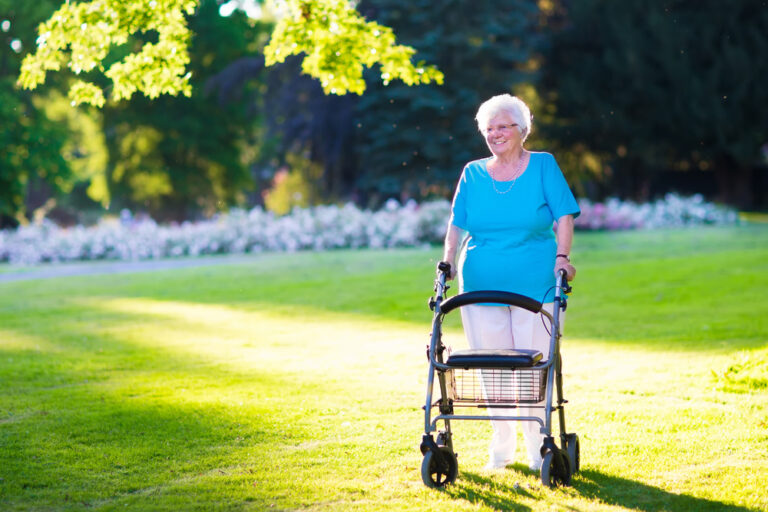At LifeCare Mobility Solutions, we’re obviously big proponents for senior safety. Knowing that with advanced ages often come losses of strength and mobility, we make it our mission to offer mobility solutions to elderly individuals who are battling with mobility issues. Among our many solutions are walkers and rollators. Providing much-needed assistance with walking, these solutions help to keep seniors safe from slipping and falling.
However, it needs to be noted that when using walkers and rollators, safety measures still need to be practiced. As Sandra Hoban reveals on IAdvanceSeniorCare.com, “National Center for Injury Prevention statistics indicate that about 47,300 people aged at least 65 years end up in the emergency department because of falls while using walking devices.”
So what are some ways we can maximize walker safety? Here are three tips:
1. Make sure you get the right size and fit.
Similar to clothing, walkers come in different shapes and sizes to properly suit the body types of their users. Don’t assume that there’s a one-size-fits-all approach to choosing a walker. It’s important to adhere to some specifications that would make the walker or rollator adequately meet the needs of its user.
On ComForCare.com, Haley Kotwicki explains that users should speak to their doctors or physical therapists about the walker design options that are best suited for their medical conditions. She also highlights the importance of properly sizing your walker.
“As a guideline, the handle of the walker should be aligned with the user’s wrist when the user is standing inside the walker,” she advises, “For the four-wheel walker, make sure the seat is not too high or too low, which can cause strain or discomfort.”
2. Get proper training.
Most of us learned to ride a bicycle at some point in our lives. We didn’t just jump on our first bikes and start peddling. It required some practice and instruction from an elder. Before using a walker, a similar approach should be taken. To maximize safety, a walker’s user should learn about the ways to safely manoeuvre his/her walker.
“The user needs to learn how to manipulate the walker safely and gain confidence in this new mode of mobility,” says Hoban, “Therapists can have the resident practice leaning into the walk, pushing it forward while the resident keeps his or her back straight. Cautions: The resident should step into the walker, not behind it. Make sure the user doesn’t push the walker too far ahead, which could cause him or her to lose balance.”
3. Consult the experts about your options.
At LifeCare Mobility Solutions, we offer a number of wheeled walkers and rollator walkers. We have both new and recycled options when they’re available. But we’re adamant about providing our customers with all of the necessary information that will help them to make the best buying decisions for their mobility devices. Let’s discuss your walker options today!
Please don’t hesitate to call us at 647-350-4488 or email us at info@lifecaremobility.ca. You may also contact us by filling out the form on our Contact page!











